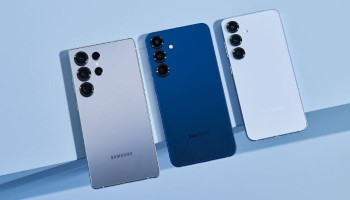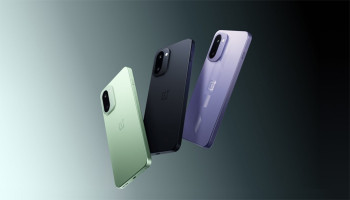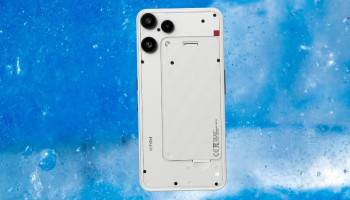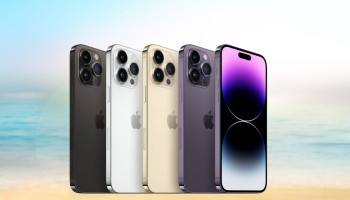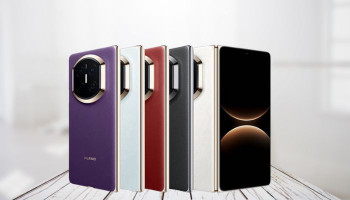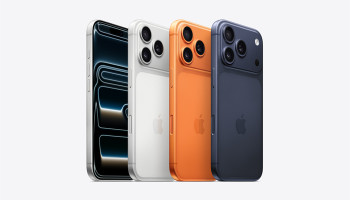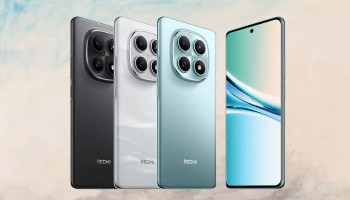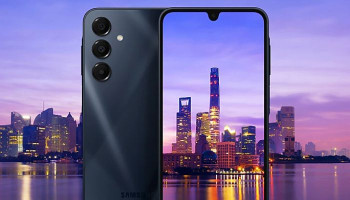
The year 2023 was a remarkable one for smartphone enthusiasts, as we witnessed some groundbreaking innovations and developments in the mobile industry.
From enhanced artificial intelligence (AI) and machine learning to next-generation cameras and imaging, from foldable displays and form factors to augmented reality integration, from faster connectivity and performance to sustainability efforts, there was something for everyone in the smartphone world. Let’s take a look at some of the most notable advancements unveiled this year.
Smartphones 2023: Enhanced AI, machine learning
AI and machine learning have been transforming the way we use our smartphones, making them smarter, faster, and more personalised. This year, we saw some impressive examples of how AI and ML can enhance various aspects of our mobile devices, such as:
Dedicated AI chips: Some smartphone manufacturers, such as OPPO and Vivo, launched dedicated AI chips in their devices, such as MariSilicon Y and V2. These chips are designed to boost the camera performance, audio processing, and overall device responsiveness, by enabling faster and more accurate image recognition, noise cancellation, face unlock, and other features.
Contextual AI features: AI assistants are becoming more context-aware, offering proactive suggestions and automating tasks based on our usage patterns and surroundings. For instance, Google Assistant can detect when we are driving and switch to driving mode, or when we are in a meeting and mute notifications. Similarly, Samsung’s Bixby can learn our preferences and habits, and provide customised recommendations and shortcuts.
Smartphones 2023: Next-gen cameras
Smartphone cameras have been evolving rapidly, offering stunning photos and videos that rival professional cameras. This year, we saw some amazing innovations and improvements in the camera and imaging department, such as:
Under-display cameras: One of the most anticipated features of this year was the under-display camera, which allows the front-facing camera to be hidden under the display, offering a truly bezel-less experience without compromising screen real estate.
Some smartphones, such as ZTE Axon 40 Ultra, feature this technology, which uses a special transparent OLED panel and a high-transmittance camera module to capture selfies without any visible notch or hole.
Computational photography advancements: Utilising AI and advanced algorithms, smartphones are achieving even higher quality photos and videos with improved low-light performance, noise reduction, and dynamic range.
For example, Google’s Pixel 6 Pro introduced the Magic Eraser feature, which can remove unwanted objects from photos with a simple tap. Similarly, Apple’s iPhone 13 Pro introduced the Cinematic Mode, which can create a depth-of-field effect in videos, automatically focusing on the subject and blurring the background.
Foldable displays and form factors
Foldable smartphones have been one of the most exciting and innovative trends in the mobile industry, offering a new way of interacting with our devices and expanding the possibilities of mobile computing. This year, we saw some more diverse and refined foldable designs and features, such as:
More diverse foldable designs: Beyond the traditional book-fold styles, we saw some new and innovative foldable designs, such as the tri-fold Xiaomi Mix Fold 2, which can unfold into a large tablet-like screen, or the OPPO Find N2, which has a compact clamshell design that can fit in your pocket.
Improved durability and hinge mechanisms: Foldables are getting sturdier and more reliable, with reinforced hinges and water resistance, building confidence in their everyday use.
For instance, Samsung’s Galaxy Z Fold 3 and Z Flip 3 featured an Armor Aluminium frame and a Gorilla Glass Victus cover, making them more durable and scratch-resistant. They also had an IPX8 rating, making them water-resistant up to 1.5 meters for 30 minutes.
Augmented Reality (AR) integration
Augmented reality is another emerging technology that is enhancing our smartphone experience, by overlaying digital information and graphics onto the real world. This year, we saw some more developments and applications of AR in the smartphone realm, such as:
Expanding AR app ecosystem: More app developers are embracing AR, creating immersive and interactive experiences for various domains, such as gaming, education, shopping, and even real-time translation.
For example, Pokemon Go introduced the AR Mapping feature, which allows players to explore and interact with the real world in new ways. Similarly, Google Lens introduced the Live Translate feature, which can translate text from any language in real-time, by simply pointing the camera at it.
Hardware advancements for AR: Some smartphones are utilising specialised hardware components to enhance the AR experience, such as LiDAR sensors or dedicated AR processing units.
These components can enhance the depth perception and object recognition capabilities of the smartphone, making the AR experience more seamless and realistic. For example, Apple’s iPhone 13 Pro featured a LiDAR scanner, which can create a 3D map of the environment and enable more accurate AR effects and measurements.
Faster connectivity and performance
One of the most important aspects of any smartphone is its connectivity and performance, which determine how fast and smooth it can run various apps and tasks. This year, we saw some significant improvements and upgrades in this area, such as:
Widespread adoption of 5G: 5G networks are becoming increasingly available, enabling faster data speeds and lower latency, unlocking the potential for real-time applications and cloud gaming.
More smartphone models are supporting 5G connectivity, making it more accessible and affordable. For example, OnePlus launched the Nord 2 5G, which offered a flagship-level 5G experience at a mid-range price.
Powerful new processors: Flagship smartphones from Qualcomm and MediaTek boasted increased processing power and improved graphics capabilities, delivering smoother performance and enhanced gaming experiences.
For example, Qualcomm’s Snapdragon 898 featured a 4nm architecture and a Cortex-X2 core, offering a 20% boost in CPU performance and a 30% boost in GPU performance. Similarly, MediaTek’s Dimensity 2000 featured a 5nm architecture and a Cortex-A78 core, offering a 25% boost in CPU performance and a 40% boost in GPU performance.
Sustainability efforts
As smartphone users become more conscious and concerned about the environmental impact of their devices, some smartphone manufacturers are taking steps to make their products more eco-friendly and sustainable. This year, we saw some examples of such efforts, such as:
Eco-friendly materials: Some manufacturers are using recycled or biodegradable materials in their phone construction and packaging, aiming to reduce their carbon footprint and waste generation.
For example, Fairphone launched the Fairphone 4, which featured a modular design and used recycled plastic and metal in its components. Similarly, POCO launched the POCO M4 Pro, which used biodegradable corn starch in its packaging.
Longer software support: Extended software update commitments ensure that devices stay secure and functional for longer, reducing the need for frequent replacements and e-waste.
For example, Samsung announced that it would provide four years of security updates and three years of OS updates for its Galaxy devices. Similarly, Google announced that it would provide five years of security updates and four years of OS updates for its Pixel devices.
These are just some of the exciting technologies that emerged in the smartphone world in 2023. As we head kickstart 2024, expect even more innovation and creativity in areas like foldable displays, AI integration, and immersive experiences powered by AR and VR. The future of smartphones is bright and promising, and we can’t wait to see what’s next.






